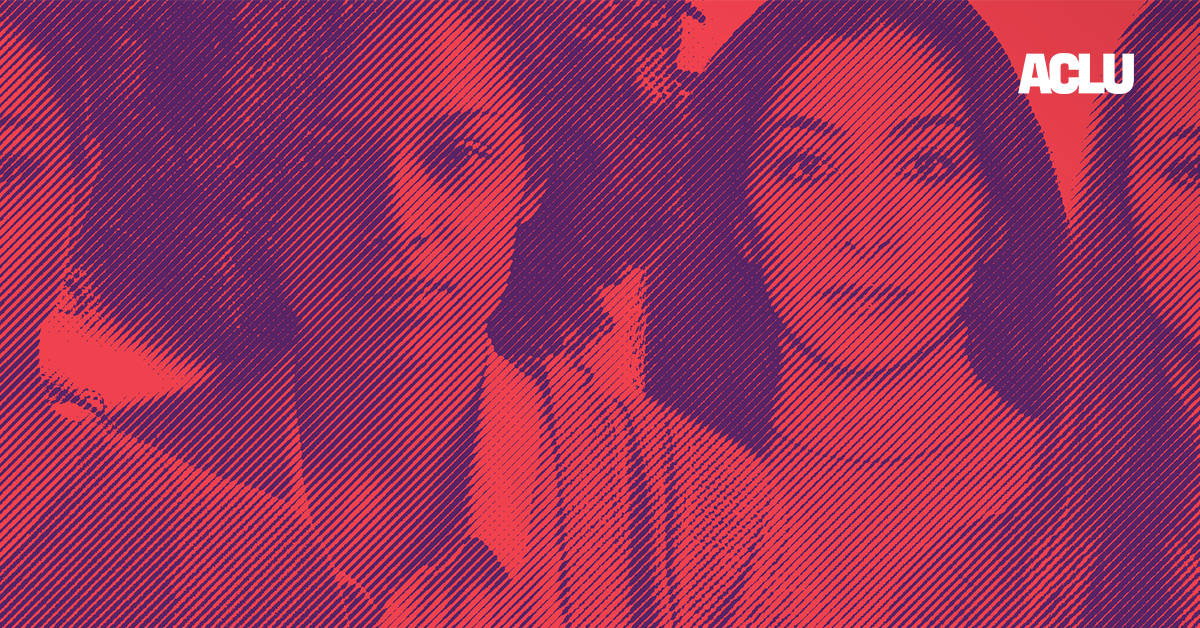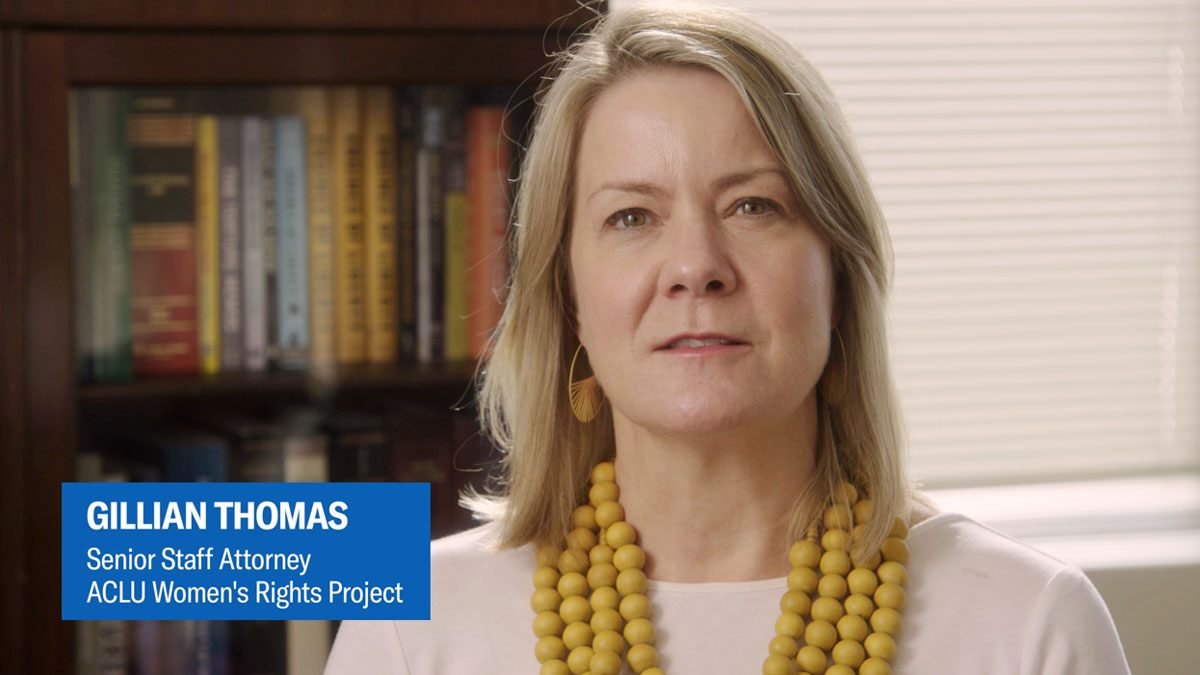
Dismantling Sexual Harassment
Overview
Anita Hill’s testimony against Clarence Thomas in 1991 made sexual harassment a matter of public discussion, five years after the Supreme Court recognized that some forms of sexual harassment violate federal civil rights laws. But Clarence Thomas was ultimately confirmed, and it would take decades for the public to engage in a deeper reckoning about this pervasive form of abuse that affects women (and men) from every walk of life.
Today, the #MeToo movement has prompted increasing numbers of women to share their stories. Attention is turning to perpetrators and the structures that protect them. For the first time, from Hollywood to the restaurant industry, we are seeing powerful abusers face real consequences for sexual harassment.
But we shouldn’t assume that this important moment will last. How do we ensure that this movement will address the abuse of women in low-paying industries, immigrant women, trans women, and women of color? What are the tools we need to hold perpetrators accountable? How can educational reforms play a role? This article series will examine the legal, policy, and cultural issues raised by the movement and what’s needed for lasting change.

If Sexual Harassment Is Illegal, Why Is It So Rampant?

There should be no turning back from this watershed moment. But lasting transformation will require vigilance and structural change.
Who Is at Highest Risk of Sexual Harassment?

Polling shows that 30 to 35 percent of women have experienced sexual harassment in the workplace. A variety of factors make low-wage workers particularly vulnerable.
Worried About Getting Sued for Reporting Sexual Abuse?

The #MeToo movement has drawn an outpouring of testimony by the victims of sexual abuse. In response, there has been a surge in retaliatory defamation lawsuits by their abusers.
Is a Non-Disclosure Agreement Silencing You From Sharing Your 'Me Too' Story?

Non-disclosure agreements can have a silencing effect on victims of sexual harassment or assault. But survivors may be able to challenge the legality of their NDAs.
Is Sexual Harassment a Civil Rights Violation? It Should Be.

It’s time to consider civil rights remedies for sexual harassment and gender-based violence, which can shift the focus from punishing the offender to providing redress for the victim.
Let’s Stop Sexual Harassment and Violence Before They Begin

We should be teaching students how to communicate personal boundaries, recognize unhealthy and abusive relationships and harassment, how to understand the role of power in relationships, where to go for help, and how to stop bullying of others.
Staying Safe When You Say #MeToo

These days, women who speak out need to worry about online harassment, too. Here are some digital defense tips that can help.
Where Does #MeToo Start?

The #MeToo movement should prompt us all, as parents, students, teachers, and community members, to reexamine entrenched assumptions about gender that are baked into the ways schools educate students.
50 Years After the Fair Housing Act, Tenants Are Still Fending Off Landlords' Sexual Demands

It’s time to talk about sexual harassment in housing.